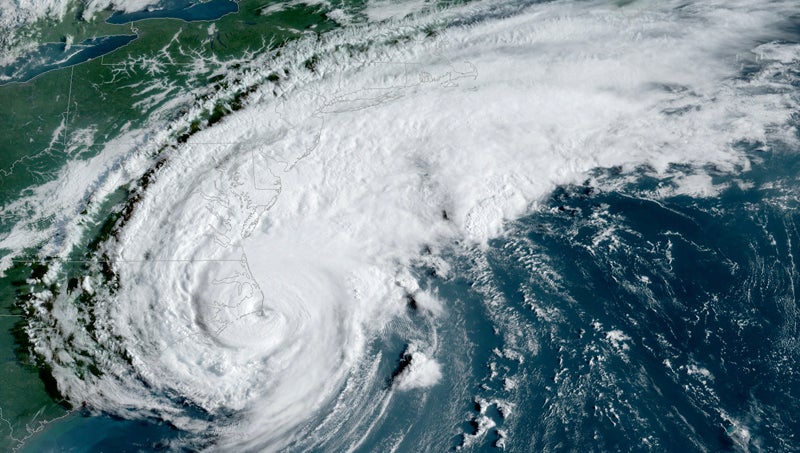During virus response, hurricane season looms
Published 6:00 pm Tuesday, May 5, 2020
|
Getting your Trinity Audio player ready...
|
As North Carolinians and emergency management agencies across the state work to mitigate the effects of COVID-19, another, more familiar, threat is coming right on the heels of the virus. This week is Hurricane Preparedness Week, and in less than a month, June 1, the 2020 Atlantic hurricane season begins.
Locally, Beaufort County Emergency Services Deputy Director Chris Newkirk says his agency is working on improving both staffing at the county’s emergency operations center and communication with the public during a hurricane. In addition, the agency is also reevaluating some of its response strategies to adjust for COVID-19.
“COVID has flipped a lot of things on end, things that we were very comfortable with and reliant on before,” Newkirk said. “This is a different dynamic than what we have been faced with in previous hurricane seasons. One of the things that we’re still working through locally and with the state is, what does this mean for our shelters? … For example, if we could hold 450 people at Washington High School last year, what is our safe number now?”
Newkirk says there may have to be additional considerations for social distancing, sanitation procedures and possibly having to provide personal protective equipment for local shelters. Because of those unknowns, Newkirk encourages local residents to make their plans for this season with a goal of being as self-sufficient as possible.
“We never want to be in a position where we’re ordering people to evacuate their homes, but if that order were to come, what are their plans and where would they go?” Newkirk said. “Try to have a plan with a lot of depth and redundancy to it, to be as self-sufficient as possible, and make it now, when you’re not under the stress of an approaching storm.”
Researchers at North Carolina State University are predicting an active season, with between 18 to 22 named storms forming in the Atlantic basin. Of those storms, eight to 11 may grow strong enough to become hurricanes, with the potential of three to five storms becoming major hurricanes, according to the research.
Lian Xie, a professor of marine, earth and atmospheric sciences at NCSU, used 100 years of historical data on Atlantic Ocean hurricane positions and intensity, as well as other variables, including weather patterns and sea-surface temperatures, to predict the upcoming seasonal outlook.
For more information about planning for the upcoming hurricane season, check out this weekend’s issue of the Washington Daily News or visit www.readync.org and www.weather.gov/wrn/hurricane-preparedness.






